Herbal medicine has been a cornerstone of health in Asia for thousands of years. In China, Japan, Korea, Vietnam, and other parts of Southeast Asia, medicinal plants are part of therapeutic traditions deeply linked to cultural worldviews and ways of life in which health is understood as a state of holistic balance.
Unlike Western approaches, these practices do not focus solely on diagnosing disease but consider the body as a dynamic, interconnected system. Techniques such as pulse reading, tongue diagnosis, the evaluation of vital energy, and the observation of the balance between yin and yang allow treatments to be tailored to the unique conditions of each individual.
Today, these forms of medicine remain fully relevant. They are practised in both traditional and institutional contexts and are gaining global recognition for their therapeutic effectiveness and holistic view of wellbeing.
In this post, we’ll explore the most important aspects of medicinal herbs and plants from Asia, as well as their traditional uses. Ready for the journey?
Chinese Herbal Medicine: Ancient Roots, Modern Relevance
Chinese herbal medicine is one of the oldest and most complex known therapeutic systems.
Over more than two thousand years, it has evolved continuously, combining empirical observation, philosophical principles, and meticulous clinical practice that remains fully alive today.
This ancient tradition has deeply influenced other medical models across Asia and is generating growing interest within the field of integrative medicine.
Philosophical and Therapeutic Foundations
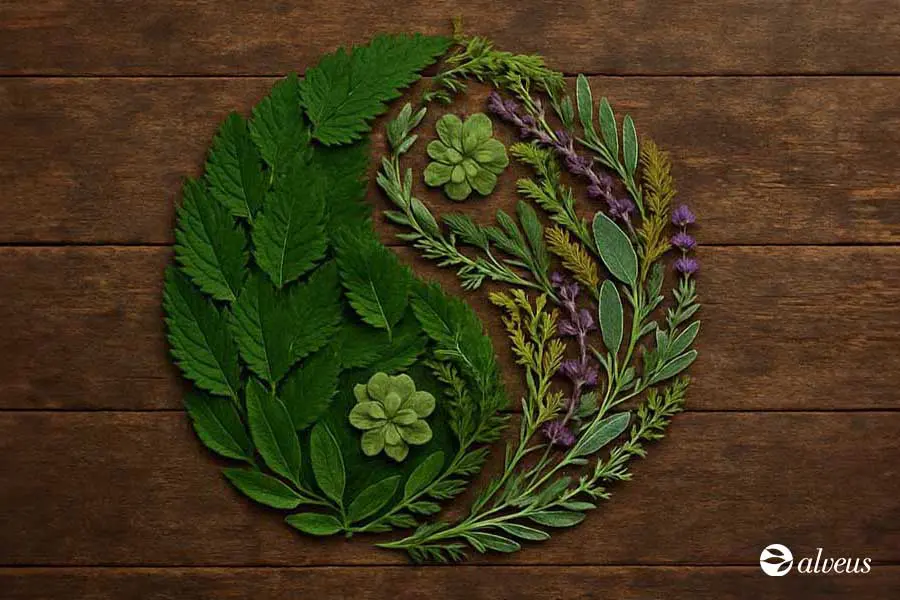
Traditional Chinese Medicine (TCM) is based on concepts from classical texts such as the Huang Di Nei Jing (Yellow Emperor’s Classic of Medicine), which introduced principles like yin-yang and the five elements (wu xing) to explain physiological processes, disease causes, and interactions between humans and nature.
Yin and yang represent opposite yet complementary forces—cold and hot, internal and external, passive and active. Their balance is essential for health.
The five elements—wood, fire, earth, metal, and water—are used to classify organs, emotions, flavours, and seasons, guiding the selection of herbs and treatments.
Formulas and Combinations
Unlike Western medicine, which tends to prescribe isolated active ingredients, TCM prefers formulas composed of multiple herbs working in synergy.
One of the best-known examples is the “Four Substances Decoction,” used to regulate the menstrual cycle and strengthen the female reproductive system. It includes dong quai (Angelica sinensis), rehmannia (Rehmannia glutinosa), chuang xiong (Ligusticum wallichii), and white peony (Paeonia lactiflora).
Key Herbs in TCM
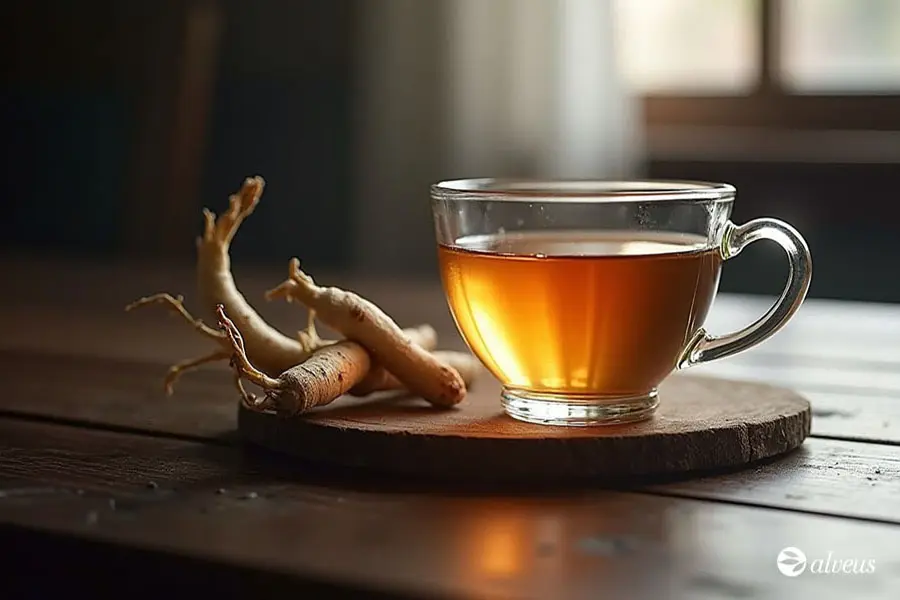
- Ginseng (Panax ginseng): Said to tonify qi (vital energy), and improve resistance to stress and fatigue.
- Schisandra (Schisandra chinensis): Its berries are traditionally consumed for 100 days as an adaptogenic tonic.
- Baical skullcap (Scutellaria baicalensis): Bitter and considered “cooling” in TCM, traditionally used in formulas targeting internal heat imbalances.
- Codonopsis (Codonopsis pilosula): Traditionally used in Asian cooking, especially soups, valued for its revitalising qualities.
- Chrysanthemum (Chrysanthemum x morifolium): Popular in infusions for its mild taste and long-standing association with eye health and relaxation.
- Fo-ti (Polygonum multiflorum): Regarded as a tonic for longevity and sexual vitality.
Chinese Influence in Japan and Korea
The medical knowledge that originated in China did not remain isolated. Over the centuries, it spread via cultural and trade routes to neighbouring countries like Japan and Korea, where it was adapted and reinterpreted to fit the social, philosophical, and clinical contexts of each region.
Kampo: Traditional Japanese Medicine
The Japanese medical system, known as Kampo, has its roots in TCM but gradually took on a more simplified and naturalistic approach. Introduced by Korean monks in the 5th century, it was promoted by Empress Suiko and remained dominant for over a thousand years.
Though its official teaching was suspended in the 19th century, it is once again playing a vital role in Japanese healthcare. Several hospitals and universities now include Kampo in their curricula.
Korean Ginseng
Korea shares many herbal traditions with China. Korean ginseng, cultivated since the 14th century, is highly prized, both domestically and for export. Its anthropomorphic root is considered a symbol of vitality and healing power.
Southeast Asia: A Crossroads of Traditions
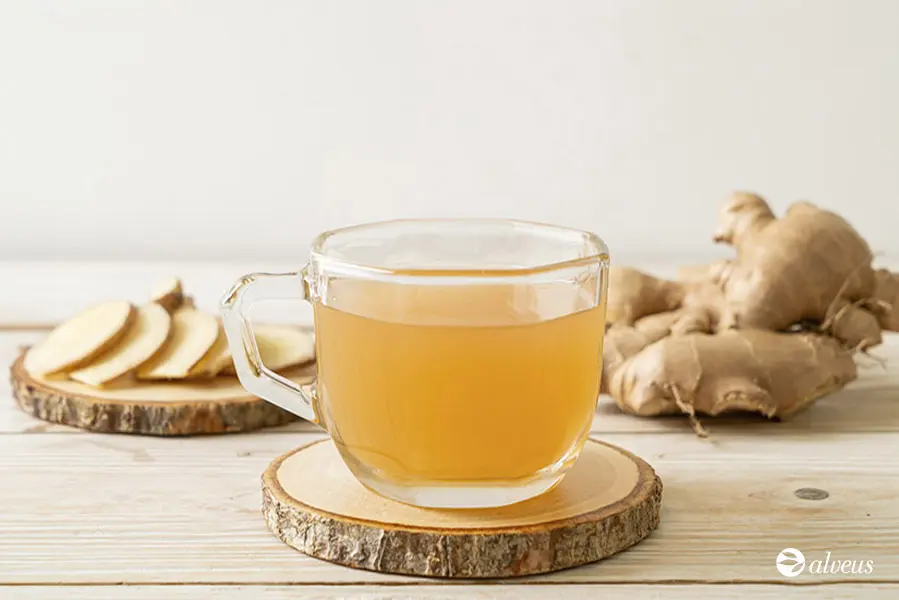
In Vietnam, Thailand, and other Southeast Asian countries, the influence of TCM is evident, but it merges with local herbs, indigenous beliefs, and Ayurvedic practices.
Common plants include:
- Galangal (Alpinia officinarum): Known for its spicy aroma and taste, widely used in traditional cooking and herbal remedies for digestive wellbeing.
- Ginger (Zingiber officinale): Valued across cultures, historically used for its comforting effects during cold weather and travel.
- Amla or Indian gooseberry (Emblica officinalis): A natural source of vitamin C, traditionally used in Ayurveda in revitalising formulas.
- Eclipta (Eclipta prostrata): Employed in traditional Asian medicine in herbal preparations supporting hair, eyesight, and liver balance.
- Embelia (Embelia ribes): A fruit used in Ayurvedic pharmacopoeia, traditionally included in digestive support formulas.
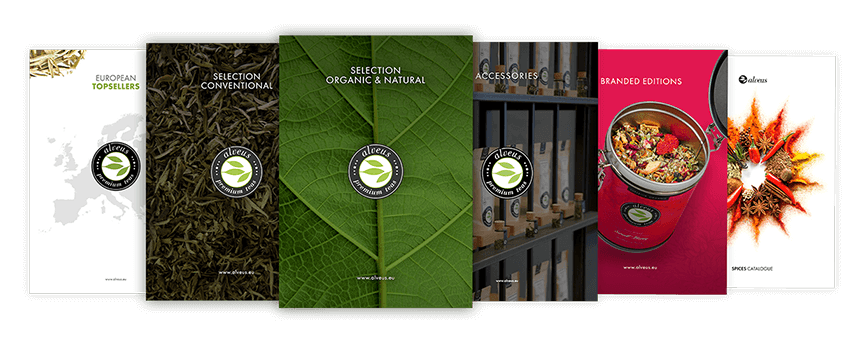
Modern Applications and Scientific Validation
Since 1949, China has actively promoted traditional medicine as a parallel medical system to Western medicine. Today, over 30 Chinese universities offer degrees in traditional medicine, with dedicated departments for pharmacological and clinical research.
A landmark example is the work of Dr. Tu Youyou, who received the Nobel Prize in Medicine in 2015 for isolating artemisinin from Artemisia annua, revolutionising malaria treatment.
In Japan and Korea, the integration of these practices into modern medical training is also growing. In Europe, the opening of traditional Chinese medicine hospitals in cities like Paris reflects increasing global acceptance.
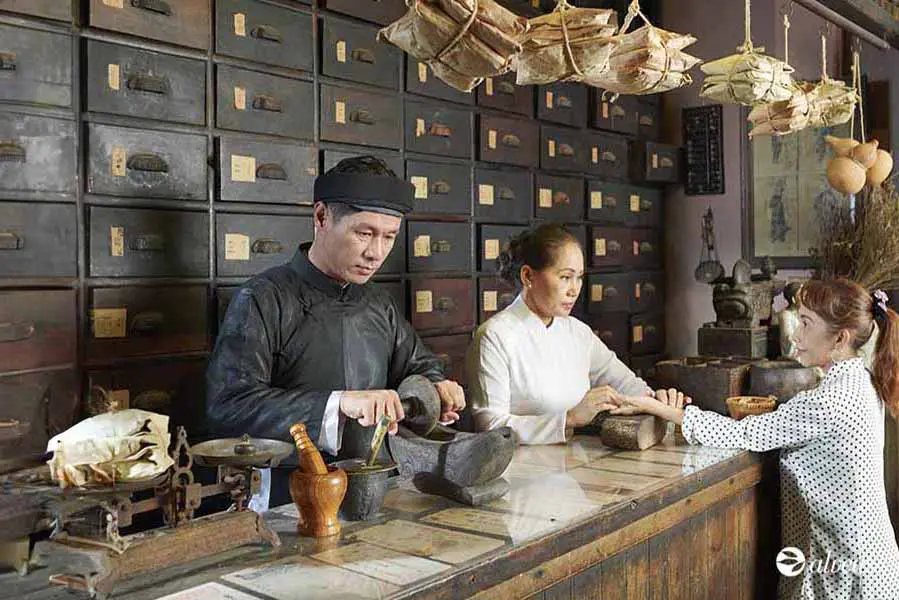
Cultural and Ritual Aspects of Medicinal Plants in Asia
The use of plants in Asia is not limited to their physiological effects. The way they are prepared, combined, and administered is influenced by factors like season, emotional state, and energetic constitution.
Treatments are personalised and considered part of a philosophy of life in harmony with nature.
For instance, the jujube or Chinese date has traditionally been used not just for its nutritional value and calming effects, but also to soften the taste of strong herbal formulas, improving their acceptability.
Caution and Supervision with Asian Herbs
While many of these herbs are considered safe, they are not risk-free.
Some, like Nux vomica (which contains high levels of strychnine), should only be used under professional supervision. Others may cause allergic reactions or interact with conventional medications.
As mentioned at the beginning of this post, you should never take medicinal plants without first consulting your doctor.
Conclusion
More than a collection of remedies, Asia’s herbal traditions represent a way of understanding health in connection with the environment, time, and each person’s unique body.
Their endurance through centuries is not merely cultural: it reflects practical effectiveness built on careful observation, accumulated experience, and coherent internal logic.
In the face of today’s medical challenges—chronic illness, chemical overload, and disconnection between body and context—these practices offer a distinct, non-exclusive perspective that invites us to rethink how we care for, treat, and understand health.


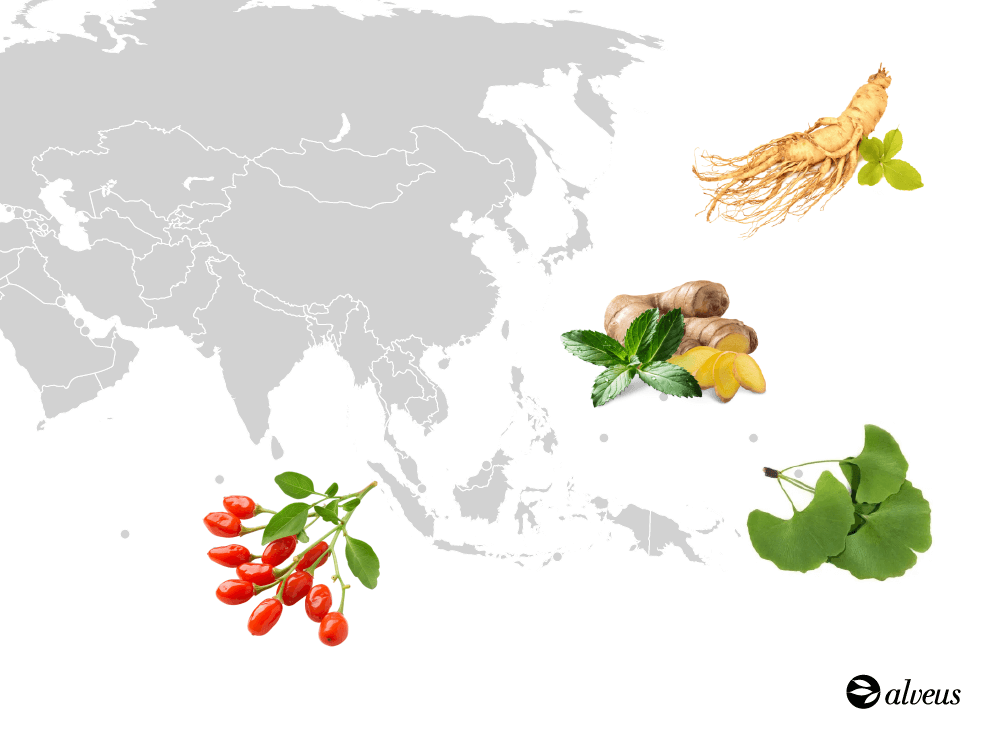


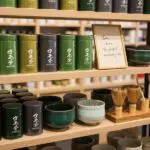
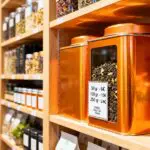
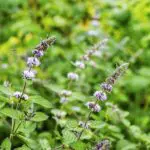
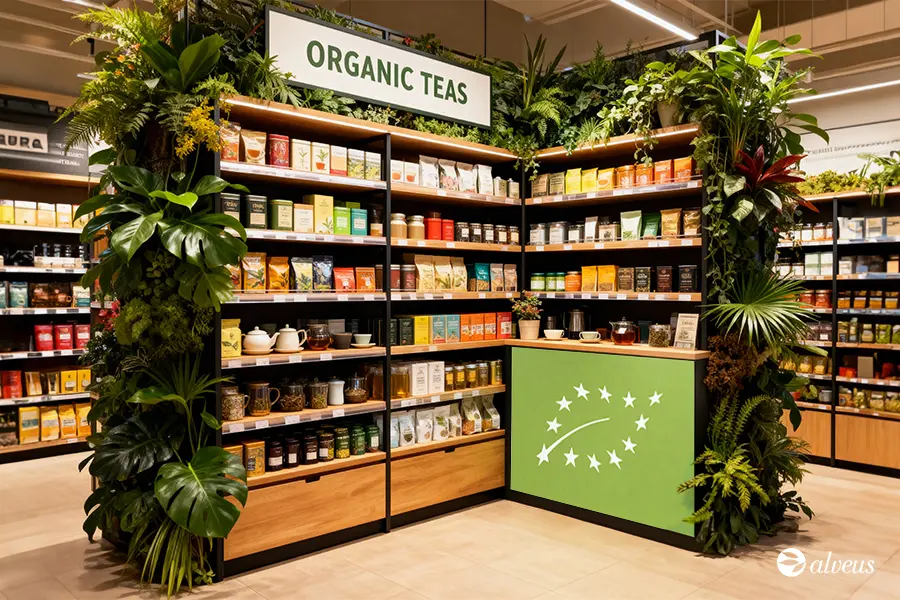
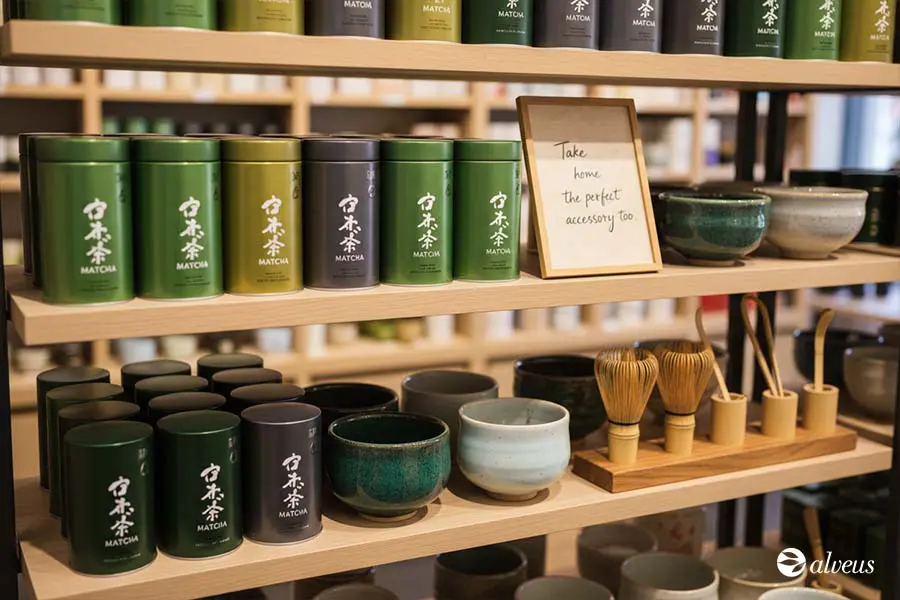
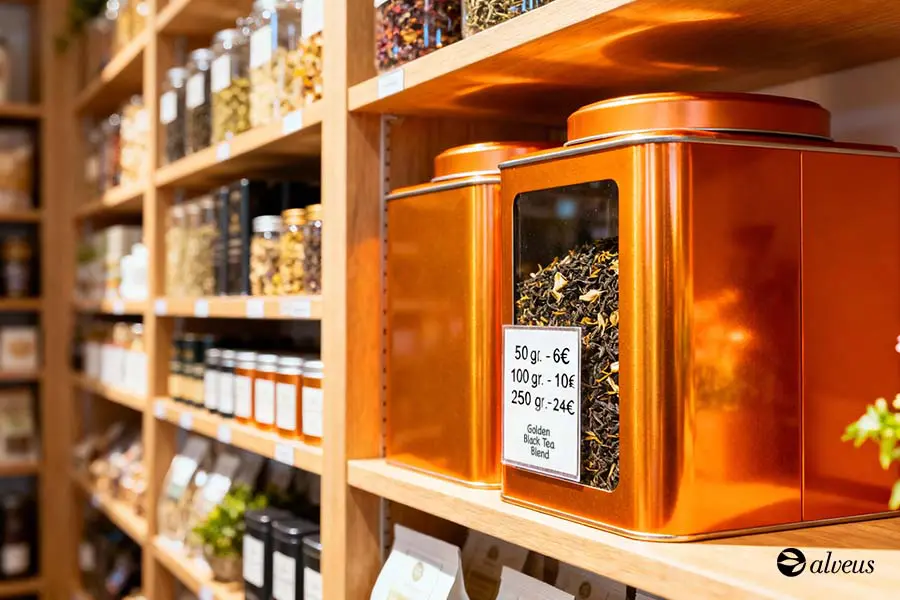
One response to “Medicinal Herbs and Plants of Asia”
It’s interesting how many of these herbs have both culinary and medicinal uses across different Asian cultures. The synergy between flavor and healing is something the West is just beginning to appreciate.